 The Universe is a huge, diverse and interesting place, filled with matter and energy, residing in various forms; and all this is played out on the stage of space-time in accordance with the laws of physics. This is illustrated by this photograph from the Hubble telescope, which shows a cluster of galaxies IDCS J1426.5 + 3508 . And how much should we remove before we really get left with anything?
The Universe is a huge, diverse and interesting place, filled with matter and energy, residing in various forms; and all this is played out on the stage of space-time in accordance with the laws of physics. This is illustrated by this photograph from the Hubble telescope, which shows a cluster of galaxies IDCS J1426.5 + 3508 . And how much should we remove before we really get left with anything?Watching our world and our Universe, we reflect and reason about everything that is in it. These are various particles, atoms, people, and also planets, stars, galaxies, and the largest structures. Depending on what interests us, we can discuss gas, dust, radiation, black holes, or even dark matter. But everything that we see, observe, or we can guess about the existence of something, could not exist there forever. Some of this came from the previously existing matter, while the other, it seems, arose from nothing at all. It is not surprising that not everyone agrees with what we mean, scientifically speaking, using the words “nothing”. Depending on who (or when) you ask, you can get one of the following four answers. And that's why they all matter to us.
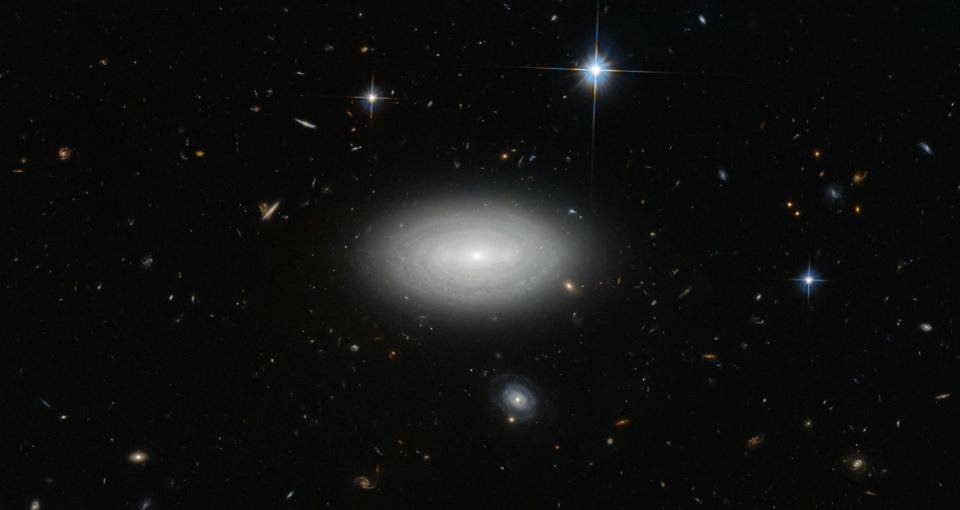 The longest galaxy in the Universe - there are no other galaxies close to it at a distance of 100 million light years. But this cannot be called a true representation of empty space.
The longest galaxy in the Universe - there are no other galaxies close to it at a distance of 100 million light years. But this cannot be called a true representation of empty space.1) The time in which the fact that you are interested, did not exist. How did the universe create planets? What about the stars? What about the asymmetry of matter? These objects did not always exist, they had to be created. When the mechanism of their appearance is known, we usually say that our object of interest was created from something, and not from nothing. Planets appear from fragments of previous generations of stars, in the cores of which heavy elements were created, which were then thrown into interstellar space. Stars emerge from contracting gas clouds, in which rather dense and hot regions appear that can ignite nuclear fusion. The planets and stars are matter, originated from a previous form, matter; they are created from something, not from nothing.
 The Big Bang created matter, anti-matter and radiation, and at some point matter was created a little more, due to which our present Universe originated. How did this asymmetry appear in a process that began symmetrically - this question remains open.
The Big Bang created matter, anti-matter and radiation, and at some point matter was created a little more, due to which our present Universe originated. How did this asymmetry appear in a process that began symmetrically - this question remains open.But the matter that we have today has appeared not from some kind that existed before it. At some point in the distant past, the Universe consisted of equal parts of matter and antimatter; the laws of physics known to us, allow you to create them only in equal proportions. However, today's universe is almost entirely composed of matter, and not of antimatter; all billions of billions of galaxies known to us consist of matter, and not of antimatter. Where does the asymmetry come from? It originated from the previous state, which was symmetrical; from a state in which matter and antimatter were equally divided. Since the time when asymmetry did not exist. Some people think that this means that the matter we have today originated from nothing - although other people who strictly adhere to other definitions of “nothing” argue with them.
And yet, no one argues that the scientific problem of
baryogenesis , or the root cause of the asymmetry of matter / antimatter, is one of the most burdensome mysteries of modern physics. Many ideas and mechanisms for the appearance of matter (instead of antimatter) were invented, but we have no evidence to announce the winner among them.
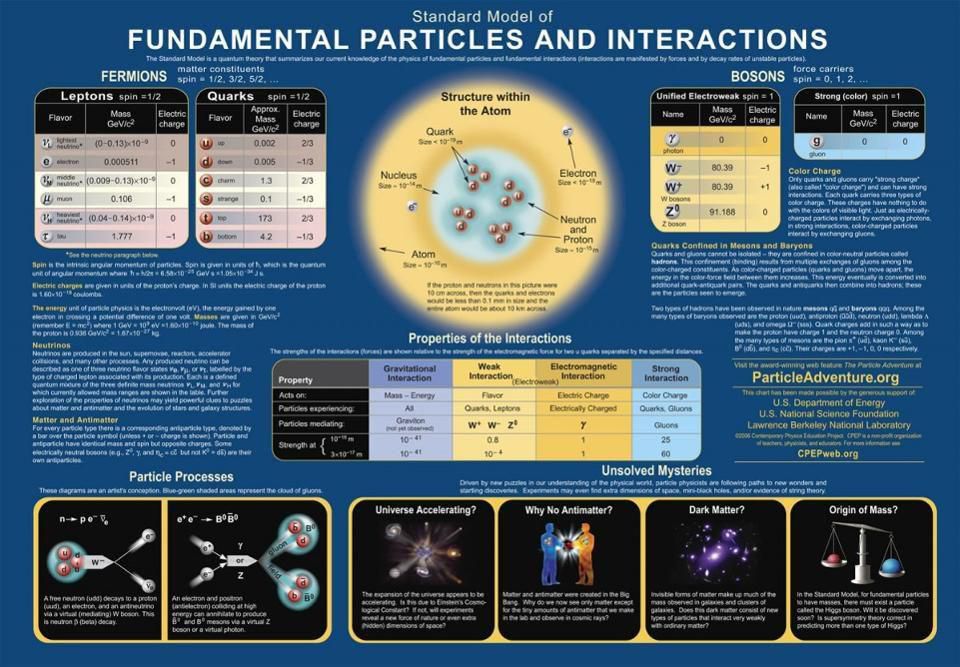 The Standard Model of particle physics describes three of the four interactions (all except gravity), the entire set of open particles, and all their interactions. Thanks to the concomitant quantum field theory, we can also find out the properties of quantum vacuum.
The Standard Model of particle physics describes three of the four interactions (all except gravity), the entire set of open particles, and all their interactions. Thanks to the concomitant quantum field theory, we can also find out the properties of quantum vacuum.2) Empty space. Imagine everything that exists today in the universe. Imagine all the fundamental constituents of matter; each quantum of radiation; every black hole; every mass; every particle and antiparticle. Now imagine that we have removed all this. Imagine that they disappeared from the universe, and left behind only empty space. What exactly would be left after that? Some say that there would be nothing left, and such a definition suits them.
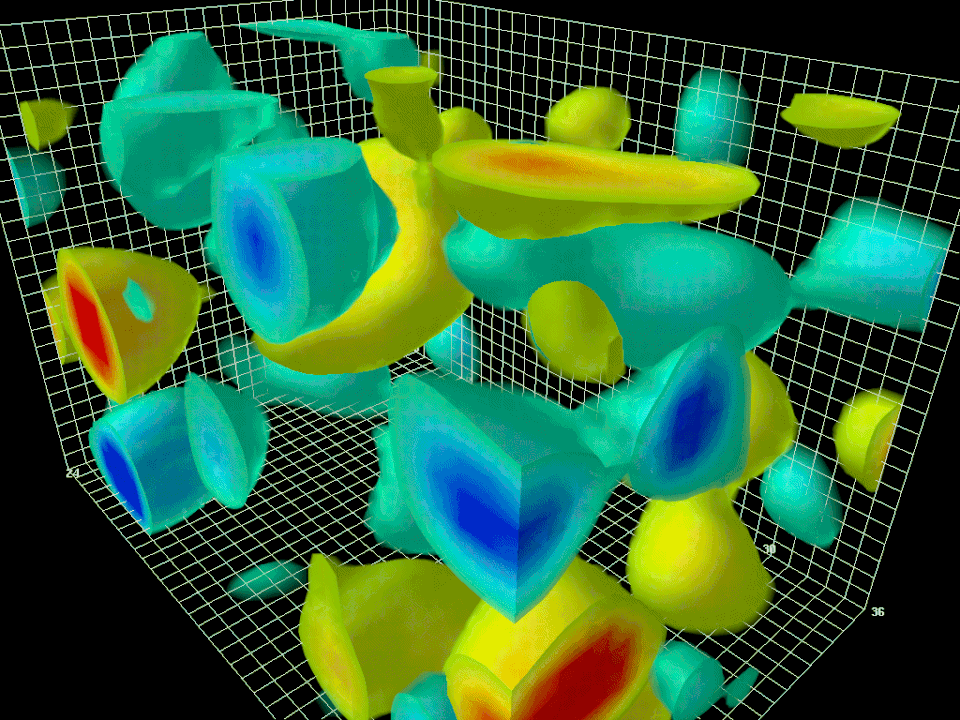 Visualization of quantum field theory, in which calculations show virtual particles of quantum vacuum. Even in empty space, the vacuum energy is not zero.
Visualization of quantum field theory, in which calculations show virtual particles of quantum vacuum. Even in empty space, the vacuum energy is not zero.But the essence, known as space-time, still remains in place, like all the laws of physics. All fields present in empty space, including the Higgs field, and quantum fields, which we often depict as particle-antiparticle pairs appearing and disappearing, still exist. Physical laws, for example, quantum field theory, still work; there is the General Theory of Relativity; fundamental constants exist and do not change values. At the very vacuum of empty space there is zero energy, different from zero. Today, it manifests itself as dark energy, and, in the distant past, having a completely different non-zero value, was the main force behind cosmological inflation. When they say that the Universe came out of nothing, they usually mean exactly this “nothing”: the hot Big Bang generated by inflation.
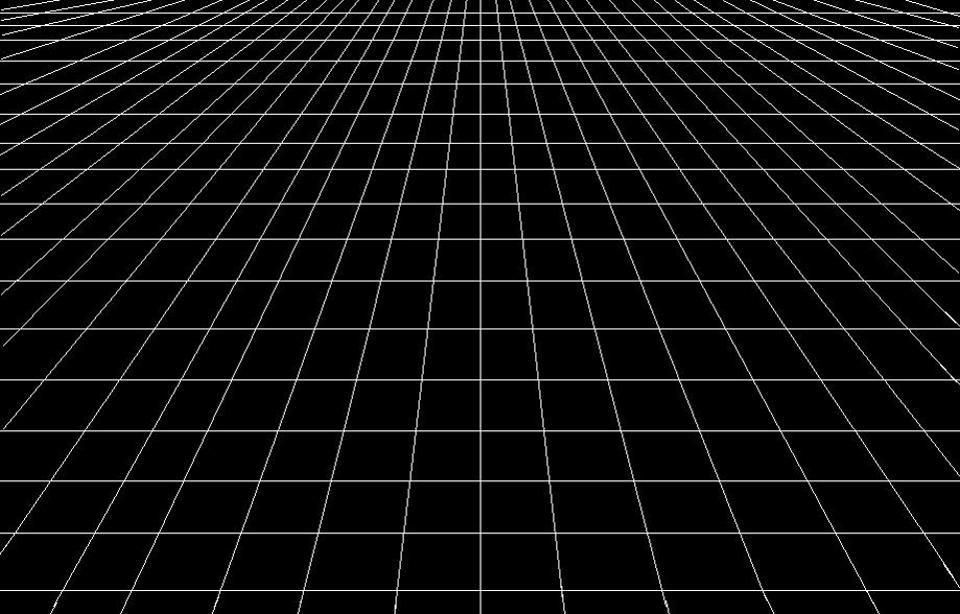 Image of flat empty space, without matter, energy or curvature. If this space has the lowest possible zero energy, then it will not be able to reduce it.
Image of flat empty space, without matter, energy or curvature. If this space has the lowest possible zero energy, then it will not be able to reduce it.3) Empty space with the lowest possible energy. What if the zero energy of the Universe were reduced to its ground state? At the end of inflation, the vacuum energy in the Universe has dropped very dramatically: from the inflation bar to the value that exists today. This fall in the energy of empty space led to a huge increase in the energy of the particles and gave rise to a hot Big Bang. But there are no guarantees that now we are in a really minimally possible energy state; It is possible that we are in a state of false vacuum, and the true vacuum is waiting for us after another catastrophic transition that will change the Universe.
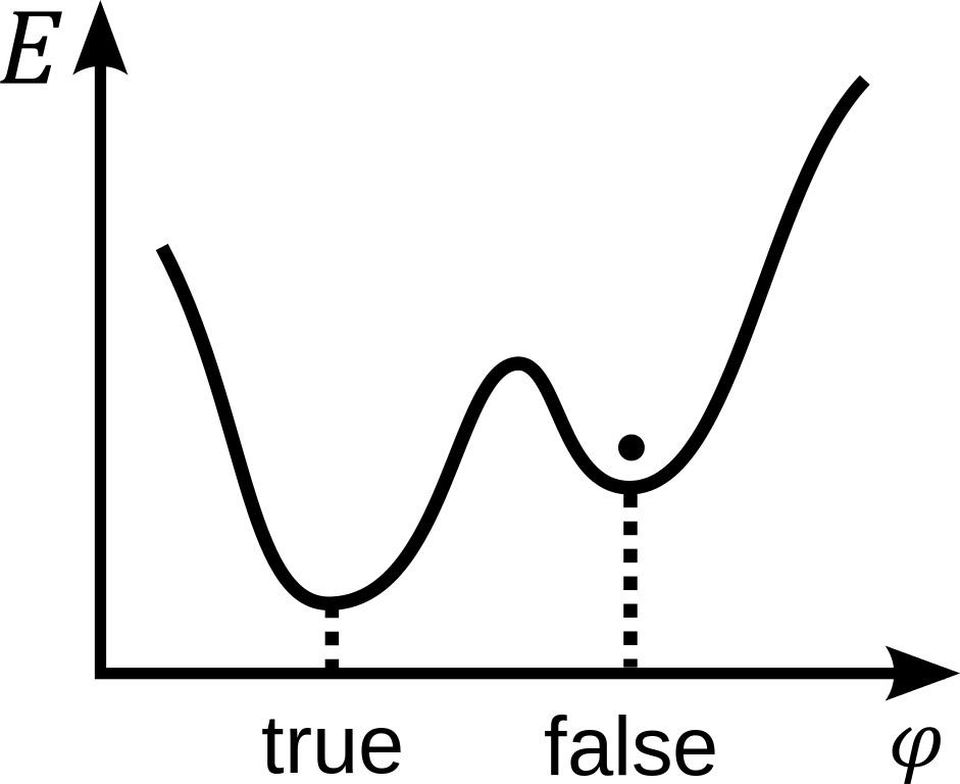 Scalar field φ in in the false vacuum. Note that the energy E is higher than in a true vacuum, or ground state, but there is a barrier that prevents the field from sliding down to the true one. During inflation, the universe was not in a state of true vacuum; It is possible that today is not.
Scalar field φ in in the false vacuum. Note that the energy E is higher than in a true vacuum, or ground state, but there is a barrier that prevents the field from sliding down to the true one. During inflation, the universe was not in a state of true vacuum; It is possible that today is not.If you reach this true ground state, whatever it is, and remove all matter, energy, radiation and space-time waves from the Universe, what remains? This is probably the ultimate idea of what “physical nothingness” can represent: you still have a stage to play the universe. It may not have players, roles, scenarios, but in the great abyss "nothing" there is still a scene. Space vacuum will be at the minimum value; there will be no hope of extracting work, energy or real particles from it, but space-time and the laws of physics will still exist. In theory, if a particle is added to such a universe, it will not differ from an isolated particle that exists today in our universe.
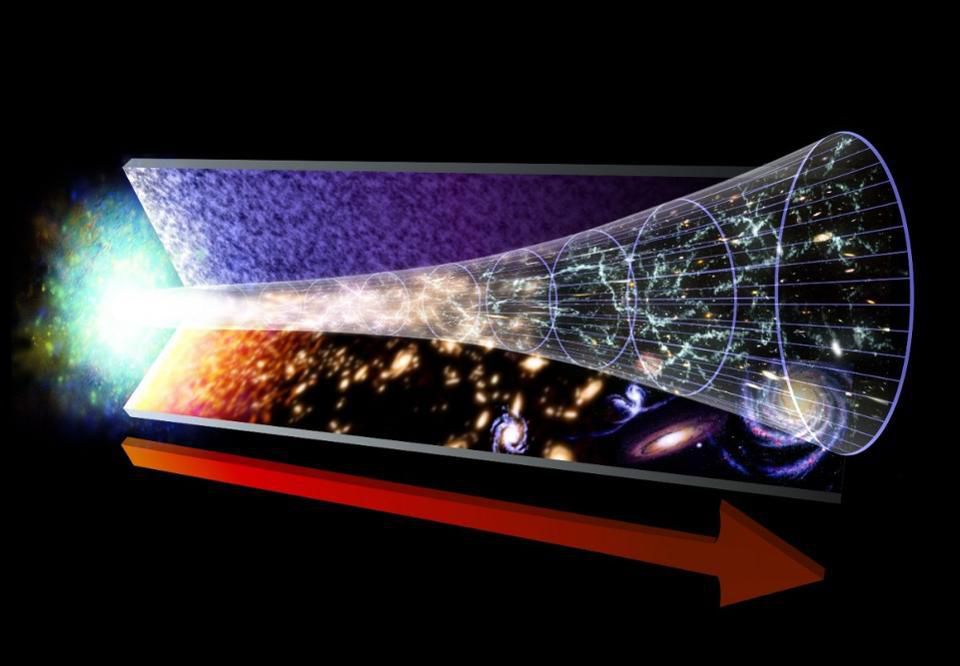 The entire set of entities available today in the universe has its origin the hot big bang. Moreover, today's Universe could appear only because of the properties of space-time and the laws of physics. Without them, we could not exist in any form
The entire set of entities available today in the universe has its origin the hot big bang. Moreover, today's Universe could appear only because of the properties of space-time and the laws of physics. Without them, we could not exist in any form4) All that remains is if we remove the entire Universe and the laws governing it. And finally, you can imagine how we remove everything, including space, time, and rules that govern all particles or quanta of energy. This creates that type of “nothing” for which there is no definition in physics. It goes beyond the “nothing” that exists in the Universe, and instead becomes more philosophical, absolute “nothing”. But in the context of physics, this definition of "nothing" does not make sense. We would have to assume that there is a state outside of space-time, in which space and time can appear from this hypothetical state of true “nothing”.
Is it possible? How does spacetime appear in a particular place if no space exists? How can one create a beginning of time if there is no such concept as “earlier”, if there is no time? And where will the rules governing the particles and their interactions then come from? Does anything at all mean this last definition of “nothing,” or is it just a logical construct that does not have a physical meaning?
 Fluctuations in space-time on a quantum scale during inflation stretched across the entire Universe, and gave rise to imperfections in density and gravitational waves. And although the space in a state of inflation can rightly be called “nothing” in many ways, not everyone agrees with this.
Fluctuations in space-time on a quantum scale during inflation stretched across the entire Universe, and gave rise to imperfections in density and gravitational waves. And although the space in a state of inflation can rightly be called “nothing” in many ways, not everyone agrees with this.There is no consensus on this. Because of the ambiguities of the human language, you can say “nothing”, meaning any of these definitions, and purists will look forward to this to shout at you for daring to use the word “nothing” in a context that is less pure than their definition. If something actually appeared where there was nothing like this before, it can be called nothing, but not everyone will agree with it. If we remove all matter, antimatter, radiation, and even spatial curvature, we can confidently assert that what remains will be nothing - but there will still be something that will remain after such purification. If you remove all the energy inherent in the space itself, and leave only space-time and the laws of nature, this can also be called "nothing." But from a philosophical point of view, some people will still remain unsatisfied. And only by removing and remaining that, they will be able to accept the fact that the rest can be called “nothing.”
 The existence of particles and antiparticles of the Standard Model was predicted as a result of the laws of physics. Without these laws and without the scene of space-time, can something tangible appear?
The existence of particles and antiparticles of the Standard Model was predicted as a result of the laws of physics. Without these laws and without the scene of space-time, can something tangible appear?So who is right? All of them, each in its own way. The point is not to argue about what true “nothing” is, but to accept and understand these definitions and their use. It is important not to confuse one with the other, and not to quarrel about why you can not use the word in a certain way. Instead, when someone - and especially the scientist - uses the word "nothing", try to understand exactly what meaning he has in mind, and what phenomenon he is trying to explain. Because, despite all our imagination, the only true model of knowledge about anything is based on what we can test in our physical reality. Everything else, no matter how logical it may sound, will only be the concept of our mind.